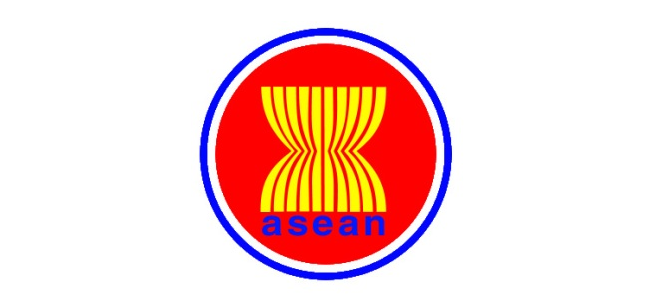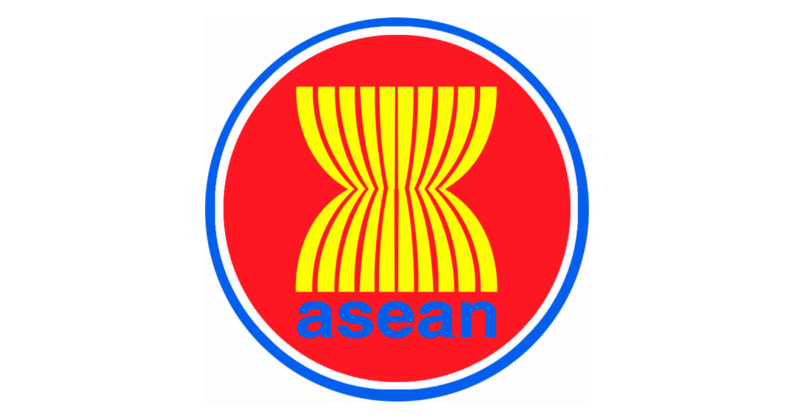

Amidst the allure of Southeast Asia for Chinese travelers, a new option may be on the horizon. After years of promoting the traditional “新馬泰” (Singapore, Malaysia, and Thailand) packages, ASEAN (Association of South-East Asian Nations) member states, in the 29th Tourism Forum at Hanoi, Vietnam, agreed to brand the entire region as a unified tourist destination. This strategic move aims to counteract the repercussions of the global financial downturn. Malaysian Tourism Minister Datuk Seri Azalina Othman highlights the intent to integrate branding efforts, presenting a cohesive ASEAN campaign rather than promoting individual countries separately, marking a pivotal shift in tourism brand name strategy.
However, portraying ASEAN as a unified entity faces significant challenges, particularly in the realm of tourism. Financial constraints hinder mass foreign tourist operations in countries like Cambodia and Laos, grappling with poverty. Additionally, political complexities, such as the military rule in Myanmar and recent mass protests in major cities of Thailand, add layers of uncertainty to tourism initiatives. These nations lack the capacity to guarantee the seamless, comfortable, and secure accommodation, transportation methods, and sightseeing facilities necessary for a consistent influx of travelers, impacting the development of a cohesive tourism brand name for the region.

Given the awareness among foreign tourists regarding the challenges faced by certain ASEAN member states, the impact on the proposed ASEAN Tourism brand name’s image could be significant. To address potential economic and political concerns, aligning with the proposed strategy targeting youth travelers is crucial. Presenting ASEAN Tourism as a vibrant and energetic adventure while downplaying the possibility of harmful or discomforting experiences requires a robust and well-thought-out branding strategy. Convincing the cautious Chinese “only children” and their concerned parents demands careful execution to establish trust and enthusiasm for the ASEAN Tourism brand.
A Labbrand Group Company © 2005-2025 Labbrand All rights reserved
沪ICP备17001253号-3To improve your experience, we use cookies to provide social media features, offer you content that targets your particular interests, and analyse the performance of our advertising campaigns. By clicking on “Accept” you consent to all cookies. You also have the option to click “Reject” to limit the use of certain types of cookies. Please be aware that rejecting cookies may affect your website browsing experience and limit the use of some personalised features.